Doyers Street: Hallowed ground in New York's Chinatown
Updated: 2014-12-31 09:33
By William Hennelly(China Daily USA)
|
|||||||||
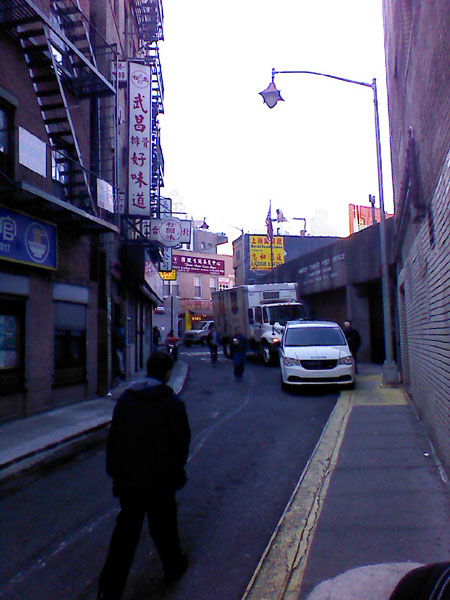 |
|
Looking up Doyers Street from the Bowery to the west, toward the "Bloody Angle" and the Nom Wah Tea Parlor. William Hennelly / China Daily. |
Doyers Street in New York's Chinatown has seen some changes the last few years, but if the tourists and hipsters had taken a stroll there some 100 years ago, there's a good chance they'd be ducking bullets.
A portion of the crooked little street earned its nickname the "Bloody Angle" in the days when gangs called the On Leong Tong and Hip Sing Tong shot it out for control of the neighborhood's illicit businesses.
Sometimes, handle-less hatchets were used, to which Wikipedia attributes the term "hatchet man".

In 1994, law enforcement officials said that more people met a violent death on Doyers than on any other street in the United States.
"The street is angled in such a way that when you're on one end of the street, you can't see the other end of the street, which [made] it easy to ambush victims and to escape," Beatrice Chen, public programs director at the Museum of Chinese in America (MOCA), wrote in an e-mail to China Daily.
The 200-foot-long street changed over the years with new influxes of immigrants. It was named for Henrik Doyer, an 18th-century Dutchman who bought the property on which he operated a distillery and tavern.
"It was a street much sensationalized because there was an underground passage that the brewery had used to store food and drinks before the invention of refrigeration," wrote Chen. "The remnant of the passageway is now the Chinatown Tunnel, an underground mall occupied by small businesses."
The Nom Wah Tea Parlor with its pastries and dim sum has been at 13 Doyers, right off the angle, since 1920. Nom Wah is famous for its lotus paste and red bean filling for moon cake.
The first Chinese theater in New York opened in 1893 at 5-7 Doyers Street. Three people were shot and killed there in 1905, as the Hip Sing Tong fired on the On Leong Tong in a showplace packed with 400 people.
Doyers Street's alleylike feel has attracted some fashionable businesses lately. Since 2008, number 9 has been home to a chic cocktail bar called Apothéke, and its sister restaurant, Pulqueria, at number 11, which serves Mexican food and opened in 2011.
"At Apothéke, the presentation of a cocktail is just as dramatic as the cocktail itself," the bar's website says. "This is much more than a cocktail bar – this is a cocktail apothecary."
How many of the bar's customers know that nearby is the entrance to a tunnel that was a frequent escape route when lead and hatchets flew through the air?
A recent walk down Doyers on a gray December day shows it still has an air of mystery.
At number 18, on the corner of Pell Street, sits Ting's Gift Shop, with its bright red fa?ade. It was here, according to a 1958 New York Times article, that 10 pounds of heroin valued at $1.5 million was discovered in a federal raid.
Ting's opened in 1957, and is now known for its paper fans and lanterns, back-scratchers, plastic snakes, incense and mini ceramic statues, among scores of other novelty items.
At the New Ming's Gift Shop on 14 Doyers, the two young salesclerks didn't have much to say about the street's history. "You can follow the tour group," one suggested.
A tour group of 20 stood in front of Nom Wah, listening intently to the guide describe how the oldtime gangs would roar up opposite ends of the street and inevitably clash at the Bloody Angle.
Like many rediscovered parts of New York, Doyers and Chinatown will hear from developers who throw around words like "edgy", "vibe" and "up-and-coming", which often presage the construction of pricey apartments.
"It's probably much more difficult for large developments to occur in Chinatown because the footprint of each building is small, so a developer would most likely have to persuade an entire block of landlords in order to build something that would be financially viable," Chen wrote.
"Thus the physical changes you see tend to be on a smaller scale, and building by building," she continued. "Over the last few years, we've seen several old buildings being demolished and redeveloped as condos or as boutique hotels."
Contact the writer at williamhennelly@chinadailyusa.com

 Chinese VP attends Brazilian president's 2nd-term inaugural
Chinese VP attends Brazilian president's 2nd-term inaugural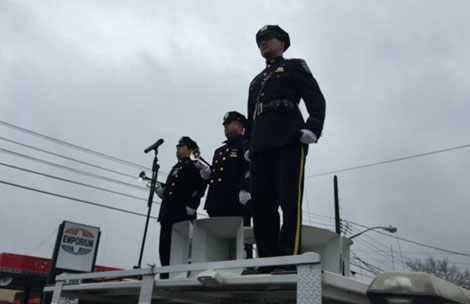
 Hundreds pay respects for slain NYC police officer
Hundreds pay respects for slain NYC police officer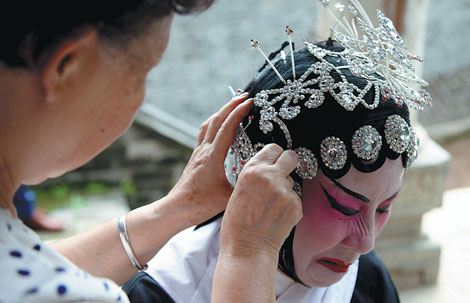
 Discovering beauties on the Silk Road
Discovering beauties on the Silk Road
 Martial arts conference to be held in Georgia
Martial arts conference to be held in Georgia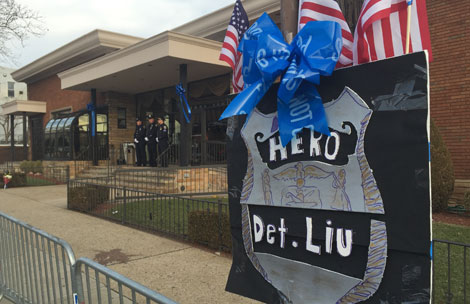
 Slain NYPD officer's wake ceremony held in Brooklyn
Slain NYPD officer's wake ceremony held in Brooklyn
 TV drama hides assets of actresses
TV drama hides assets of actresses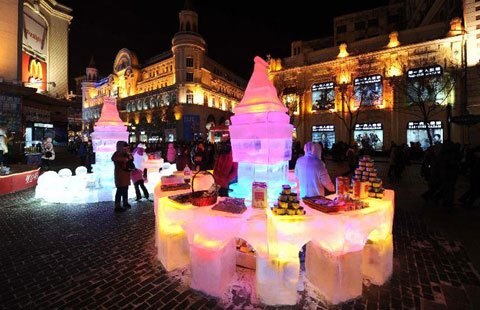
 Int'l Ice and Snow Festival to kick off in Harbin
Int'l Ice and Snow Festival to kick off in Harbin
 A year in fashion: The big stories of 2014
A year in fashion: The big stories of 2014
Most Viewed
Editor's Picks

|

|

|

|
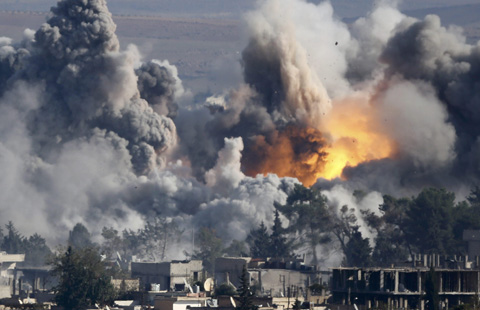
|

|
Today's Top News
Chinese VP attends Brazilian president's 2nd-term inaugural
Brazil uses antidumping measures against China
Thousands gather in NYC to see off slain policeman
China's former IOC member He Zhenliang dies
NYC mourns slain NYPD officer
Chinese to unveil SUV at Detroit show
Martial arts conference to be held in Georgia
US sanctions DPRK over Sony cyberattack
US Weekly

|

|








